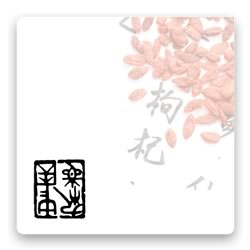We use cookies to make your experience better. To comply with the new e-Privacy directive, we need to ask for your consent to set the cookies. Learn more.
A Multi-Level Channel Model for Treating Bi-Impediment Syndromes with Acupuncture
Did you know?
For the cost of 5 articles (students) or 10 articles (practitioners) you can buy a year's access to the entire Journal of Chinese Medicine article archive.
$6.00
VAT Exempt
In stock
SKU
JCM107-13
The acupuncture treatment of bi-impediment syndromes can be greatly enhanced by using a model of diagnosis and treatment that includes channels other than the primary channels. In most bi-impediment syndromes the pathogen actually resides in the superficial minute luo-connecting vessels (fuluo), luo-connecting vessels (luomai) and sinew channels (jingjin) rather than the primary channels (jingmai). Each of the various layers of the channel system (jingluo) should be treated with a strategy that is specific to its depth, anatomy and unique functions. Most modern acupuncture tends to focus almost exclusively on the use of the primary channels for the treatment of diseases, including bi-impediment. In some circumstances this is inappropriate, and can mean ineffective treatment or even a worsening of the disease. Classical texts such as the Huangdi Neijing Suwen (Yellow Emperor’s Inner Canon Plain Questions), Huangdi Neijing Lingshu (Yellow Emperor’s Inner Canon Spiritual Axis) and the Nanjing (Classic of Difficulties) provide techniques and strategies that can be used to treat the various channel layers. In the experience of the author, applying the theory of these various channel layers in diagnosis and treatment improves clinical results in the acupuncture treatment of bi-syndromes.
| Author | Jack Schaefer |
|---|---|
| JCM Issue | JCM 107-13 |
Write Your Own Review
* Orders shipped outside of Europe are eligible for VAT relief and will not be charged VAT.

